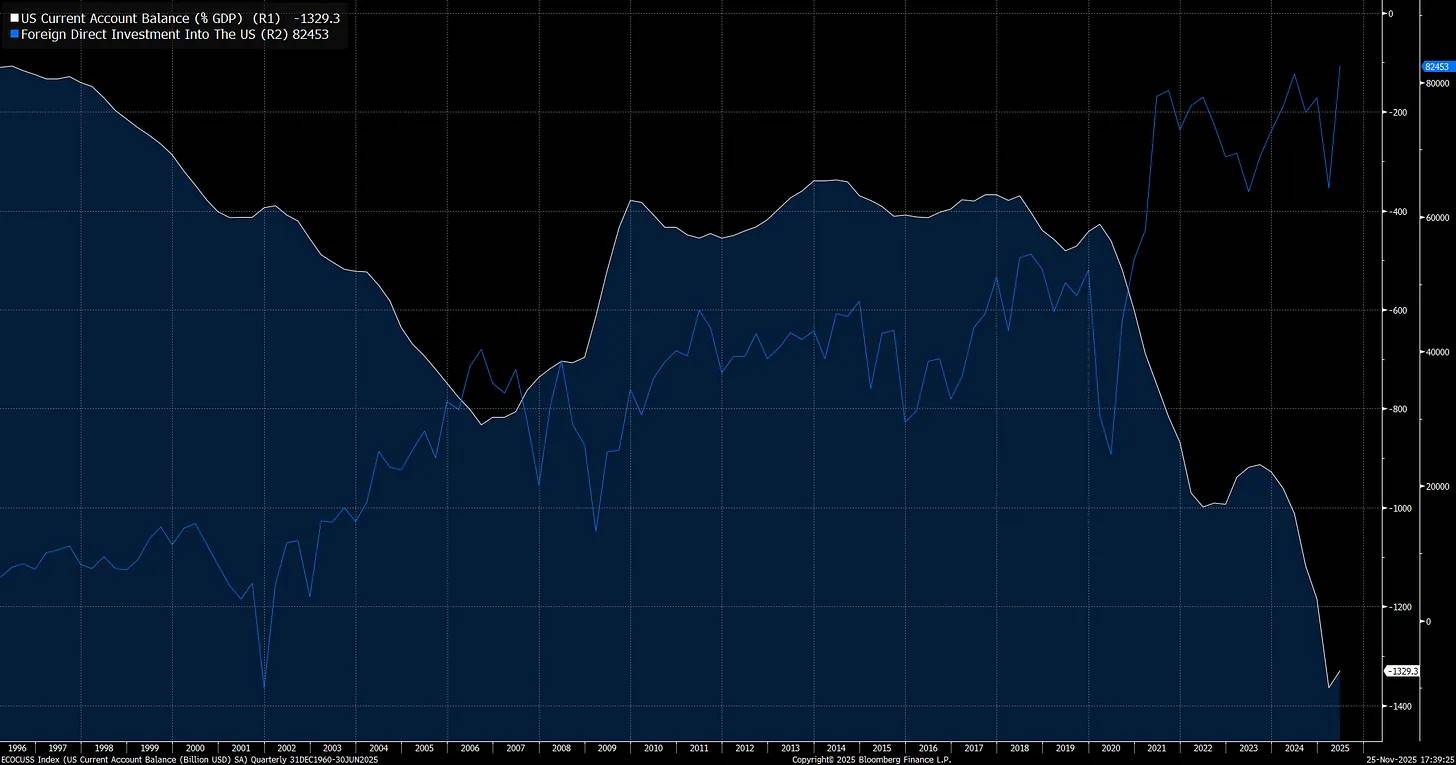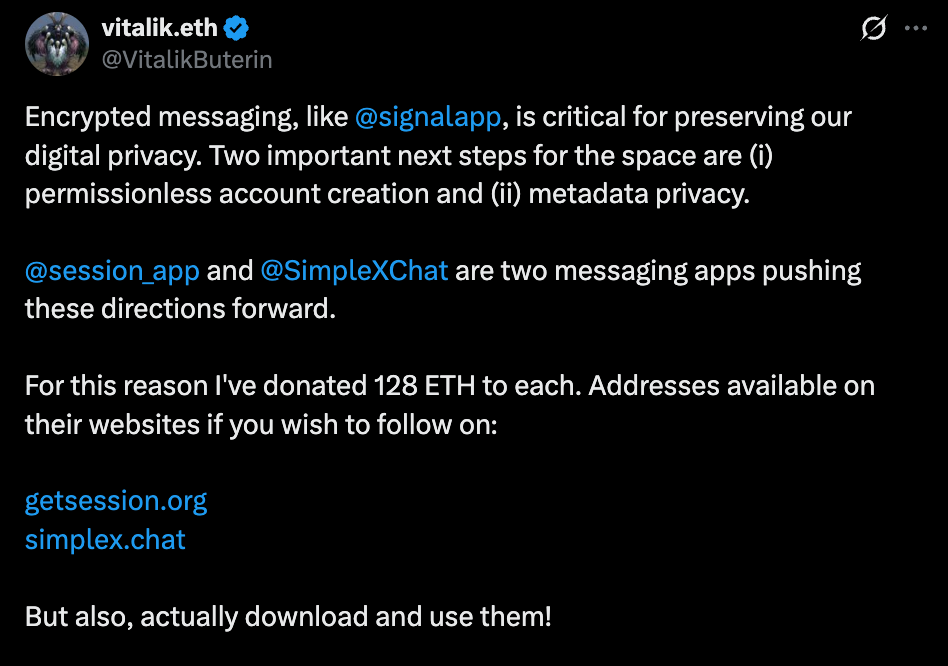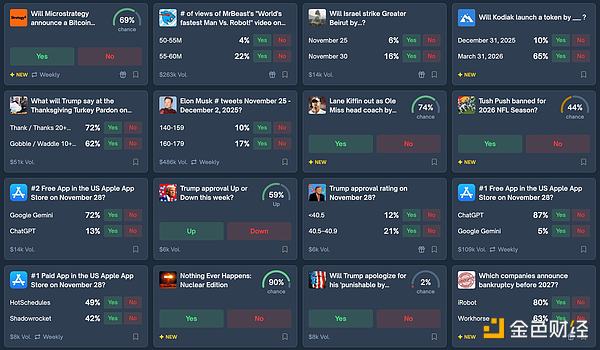Polygon's Strategic Position Amid Instagram's Web3 Integration and Its Impact on POL Price Potential
- Polygon partners with Instagram to enable NFT minting, display, and sales within the app, accelerating Web3 mainstream adoption via 2 billion users. - Polygon's Layer 2 solutions (2.1s confirm time, $0.0009 fees) outperform Ethereum, enabling scalable, low-cost NFT transactions for mass-market use. - Q1 2025 saw 8.4M daily Polygon transactions and 410M wallets, with Instagram users driving 2.5M active wallets and Web3 engagement. - POL token analysis shows $0.24 price (mid-2025) with bullish $1.57 potent
In 2025, the blockchain landscape is witnessing a seismic shift as Web3 integration moves from niche experimentation to mainstream adoption. At the forefront of this transformation is Polygon (POL), whose partnership with Instagram—a platform with 2 billion monthly users—has positioned it as a critical infrastructure layer for the next phase of the internet. This collaboration, which enables users to mint, display, and sell NFTs directly within Instagram, is not just a technical upgrade but a strategic masterstroke that could redefine how decentralized technologies scale in mass-market environments.
The Instagram-Polygon Synergy: A Gateway to Mass Adoption
Instagram's integration of Web3 features via Polygon is a watershed moment for blockchain infrastructure. By allowing creators to tokenize their content and monetize it through NFTs without leaving the app, Instagram has eliminated the friction that has long hindered Web3 adoption. Polygon's role in this ecosystem is pivotal: its Ethereum Layer 2 scaling solutions—including optimistic rollups, zk-Rollups, and sidechains—provide the speed, security, and cost efficiency required to handle high-volume transactions at scale.
For example, Polygon's average transaction confirmation time of 2.1 seconds (compared to Ethereum's 12.4 seconds) and gas fees as low as $0.0009 (versus Ethereum's $1.58) make it an ideal backbone for Instagram's NFT features. This efficiency is not just a technical advantage—it's a business imperative. Instagram gains a user-friendly, low-cost solution to offer Web3 features, enhancing user engagement and opening new revenue streams. Meanwhile, Polygon gains access to a massive user base, driving demand for POL tokens as the native utility token for transaction fees.
Scalability Metrics: Why Polygon Outpaces Competitors
Polygon's dominance in the Layer 2 space is underpinned by its superior scalability metrics. As of 2025, Polygon processes 71.2 transactions per second (TPS) on average, with peaks reaching 92 TPS, far outpacing Ethereum's 16.3 TPS and even surpassing competitors like Arbitrum and Optimism. For context, Arbitrum and Optimism , while robust, average 5.9 TPS and 3.8 TPS, respectively.
Cost efficiency further cements Polygon's edge. Over 83% of transactions on Polygon cost less than $0.01, compared to just 5% on Ethereum. This affordability is critical for applications like gaming, microtransactions, and social media-based NFTs, where low fees are essential for user retention. Additionally, Polygon's zkEVM (zero-knowledge Ethereum Virtual Machine) reduces transaction costs to as low as $0.0021, making it the most cost-effective solution for high-frequency interactions.
POL Token Price Dynamics: A Tale of Supply and Demand
The POL token's price trajectory in 2025 reflects the interplay of macroeconomic factors and Polygon's ecosystem growth. As of mid-2025, POL trades at $0.24, with a market cap of $2.15 billion. While the token has faced volatility—dipping below $0.20 in April 2025—it has shown resilience, recovering to $0.26 by late April. Technical indicators suggest an oversold condition (RSI at 41.73), hinting at potential short-term upward momentum.
The long-term price potential of POL hinges on three key drivers:
1. Instagram's NFT Adoption: If the platform's Web3 features gain traction, millions of new wallets could be created on Polygon, increasing transaction volume and POL demand.
2. Ecosystem Upgrades: The launch of Polygon zkEVM and AggLayer in 2025 has enhanced scalability and modular infrastructure, attracting developers and enterprises.
3. Token Migration: The completion of the MATIC-to-POL migration in August 2025 is expected to consolidate demand for the token, as users and institutions shift to the new ticker.
Analysts project a bullish case of $1.57 by year-end 2025, contingent on sustained adoption and broader market recovery. A more conservative estimate places the average price at $0.74, while a bearish scenario sees it dipping to $0.17.
User Adoption: The Instagram Effect
The Instagram-Polygon partnership has already catalyzed a surge in user activity. By Q1 2025, Polygon's daily transaction volume exceeded 8.4 million, up from 4.6 million in Q1 2024. Wallet creation has also skyrocketed, with 410 million unique addresses as of March 2025. Instagram users alone contributed 2.5 million active wallets in February 2025, many of whom engaged with Web3 games and NFT marketplaces.
This growth is not just quantitative but qualitative. The integration has introduced millions of new users to blockchain concepts like smart contracts, decentralized identity (via Polygon ID), and cross-chain interactions. For instance, Polygon ID has issued 4 million verifiable credentials by mid-2025, many linked to Instagram accounts. Such metrics underscore the platform's role as a bridge between traditional social media and decentralized ecosystems.
Investment Thesis: A Scalable Infrastructure Play
Polygon's strategic positioning as a scalable infrastructure layer for Web3 adoption makes it a compelling investment thesis. The company's technical superiority, strategic partnerships, and ecosystem growth align with the broader trend of mainstream blockchain adoption. For investors, the key risks include regulatory headwinds and competition from other Layer 2 solutions. However, Polygon's first-mover advantage in social media integration, coupled with its cost efficiency and throughput, provides a strong moat.
Recommendation: Investors with a medium-term horizon should consider allocating to POL, particularly as the Instagram partnership scales and the MATIC-to-POL migration concludes. A dollar-cost averaging strategy over the next 6–12 months could mitigate volatility while capturing growth from increased transaction demand.
Conclusion
Polygon's collaboration with Instagram is more than a technical partnership—it's a blueprint for how Web3 can scale in mass-market environments. By combining Instagram's user base with Polygon's infrastructure, the duo is accelerating the transition from Web2 to Web3. For investors, this represents a unique opportunity to bet on a scalable infrastructure play poised to benefit from the next wave of digital innovation. As the lines between social media and blockchain blur, Polygon's role as the backbone of this transformation is likely to drive both utility and value for the POL token.
Disclaimer: The content of this article solely reflects the author's opinion and does not represent the platform in any capacity. This article is not intended to serve as a reference for making investment decisions.
You may also like
Interview with VanEck Investment Manager: From an Institutional Perspective, Should You Buy BTC Now?
The support levels near $78,000 and $70,000 present a good entry opportunity.

Macroeconomic Report: How Trump, the Federal Reserve, and Trade Sparked the Biggest Market Volatility in History
The deliberate devaluation of the US dollar, combined with extreme cross-border imbalances and excessive valuations, is brewing a volatility event.

Vitalik donated 256 ETH to two chat apps you've never heard of—what exactly is he betting on?
He made it clear: neither of these two applications is perfect, and there is still a long way to go to achieve true user experience and security.

Prediction Market Supercycle
